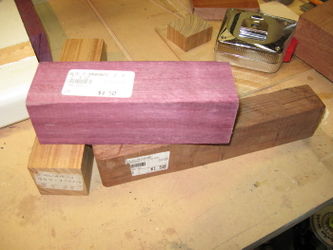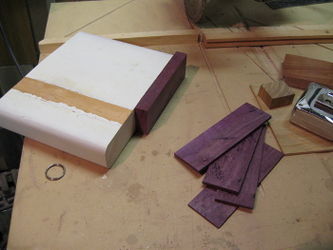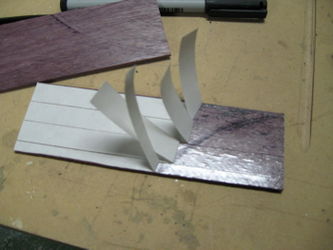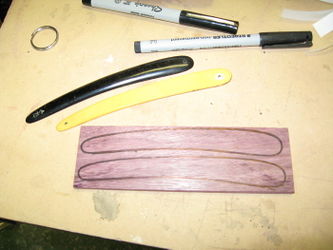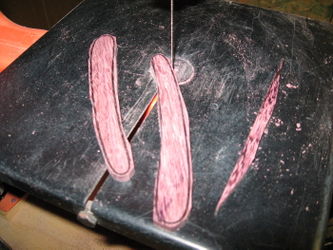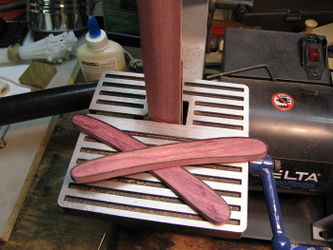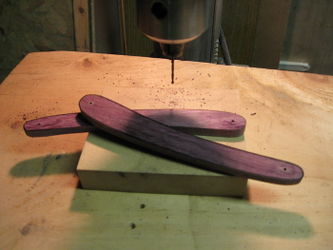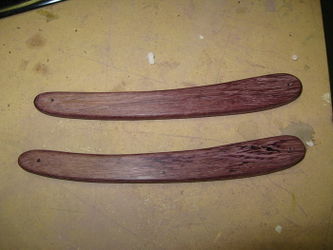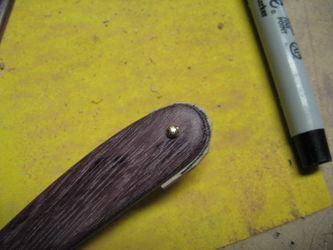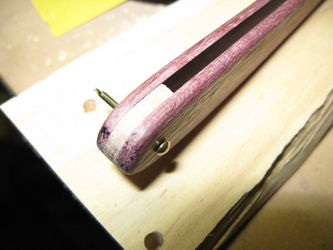Difference between revisions of "Making scales, step by step"
m (After cutting the slabs I join them together with double face tape. This helps for cutting, drilling and sanding, helps to get symmetric pieces.) |
m (Text replace - "www.straightrazorplace.com" to "straightrazorplace.com") |
||
| Line 1: | Line 1: | ||
| − | The below illustrated tutorial was first published by [http:// | + | The below illustrated tutorial was first published by [http://straightrazorplace.com/forums/members/jacques13.html Jacques13]<ref>http://straightrazorplace.com/forums/workshop/17664-how-i-make-scales-step-step.html#post170044</ref> |
<gallery caption="The process of creating the scales" widths="400px" heights="250px" perrow="2"> | <gallery caption="The process of creating the scales" widths="400px" heights="250px" perrow="2"> | ||
File:Jacques13_how-i-make-scales_IMG_0147_1.JPG |First you have to have good hard wood. I have Canary, Palisandre, Zebra, Maple and Amarante. This latter will be use this time. Amarante is a South America hard wood violet in color and extremely hard. I buy my wood in pieces of 1½"x1½" by 6". | File:Jacques13_how-i-make-scales_IMG_0147_1.JPG |First you have to have good hard wood. I have Canary, Palisandre, Zebra, Maple and Amarante. This latter will be use this time. Amarante is a South America hard wood violet in color and extremely hard. I buy my wood in pieces of 1½"x1½" by 6". | ||
Revision as of 19:00, 7 April 2011
The below illustrated tutorial was first published by Jacques13[1]
- The process of creating the scales
And now to the hand sanding. Using some 320 and 400 grit sanding paper I will really get the profile to the exact size and I will proceed to round the sides and ends. With this Amarante wood you have to sand for a long time to get any result. After getting it right I'll go to 800 and 1500 grit sand paper for the "final touch".
Now I will measure and make the wedge, in this case a flat wedge. I'll use maple wood that should contrast nicely with the violet wood. I drill the oversize wedge and glue it to one side of the scale. I'll put the scale together with 1/16 brass nail and gently sand down the wedge to the right dimension, I'll finish sanding by hand.
